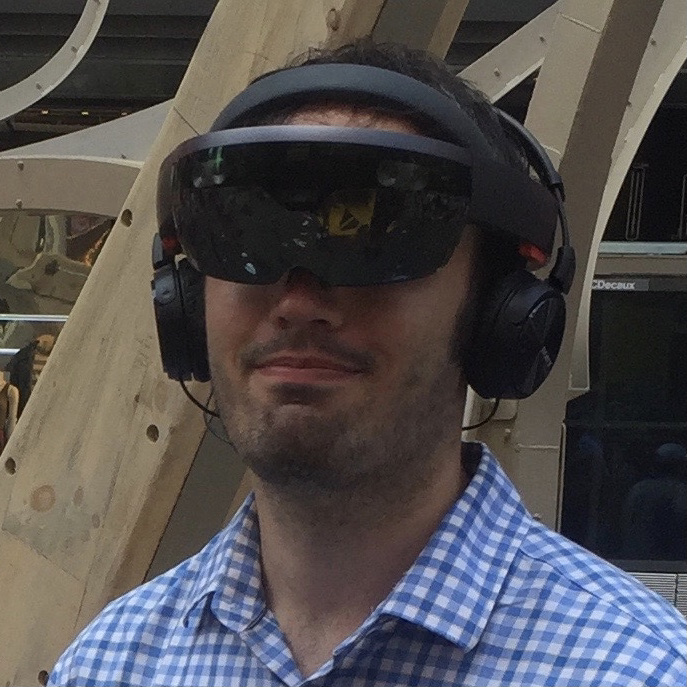The next Microsoft HoloLens, codenamed Sydney, rumored for early 2019 release
Could a huge price drop be coming, too?
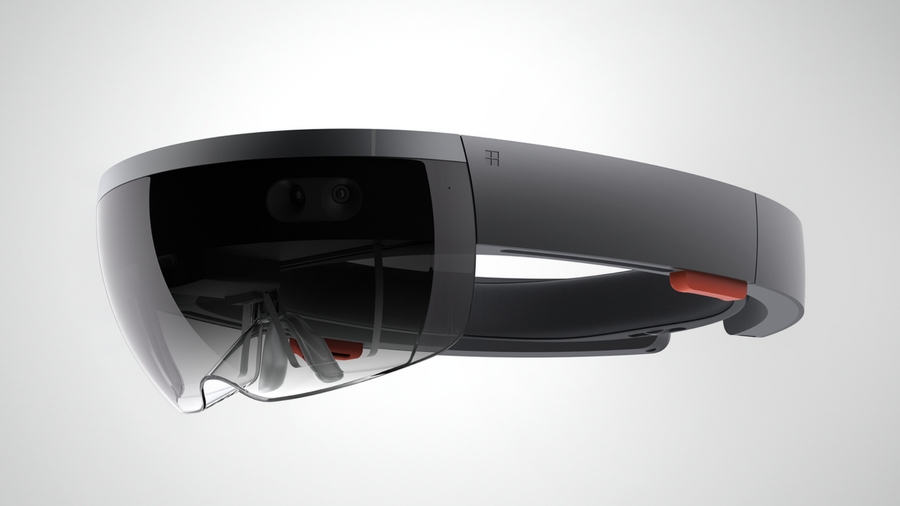
Microsoft was due to release Hololens v2 in 2017, but decided to skip straight to v3 and keep improving on its augmented reality (AR) headset. With no major AR rivals, Microsoft’s team felt no need to rush out a new headset until it was fully ready.
Now, with AR or mixed-reality headsets coming soon from Apple, Samsung, Google and Magic Leap, Microsoft may finally be ready to release its next-gen mixed reality viewer.
And, thankfully, this HoloLens likely won’t ship for $3,000 (£2,719 / AU$4,369).
Thurrott’s Brad Sams reported earlier today that he's viewed internal Microsoft documents on the HoloLens project, indicating that the tech giant aims to ship out the v3 HoloLens—codenamed “Sydney”—by the end of Q1 2019.
It’s unclear whether this date refers to a general commercial release or, once again, a limited supply of developer kits. HoloLens creator Alex Kipman claimed last year that a consumer-ready HoloLens wasn’t planned for some time, but plans may have changed.
Sams also asserted that HoloLens Sydney would have significant hardware and design upgrades. Specifically, the headset would be lighter and more comfortable for longer wear times, and would come with “significantly improved holographic displays”.
Predicting Sydney’s features
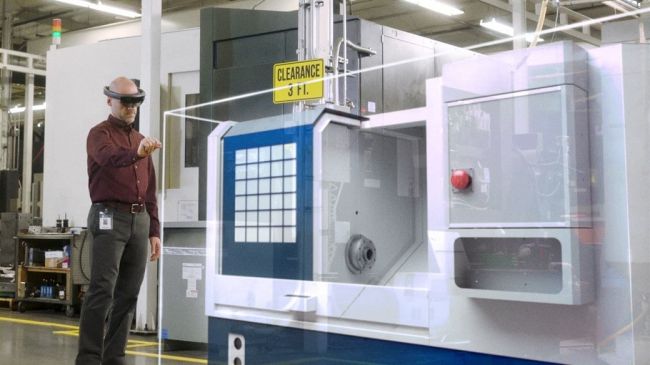
At Day 1 of Microsoft Build 2018, Microsoft announced some new HoloLens functionality. Remote Assist added hands-free video calling and MR annotations to support calls, while Microsoft Layout incorporated support for room-sized, 3D holographic layouts.
Get daily insight, inspiration and deals in your inbox
Sign up for breaking news, reviews, opinion, top tech deals, and more.
HoloLens Sydney will undoubtedly incorporate these features, but may also call upon the powers of a notoriously failed Microsoft product: Kinect.
Microsoft has stopped building new Kinects for Xbox One, but it has continued to work on improving Kinect’s motion gestures using its AI Project Azure.
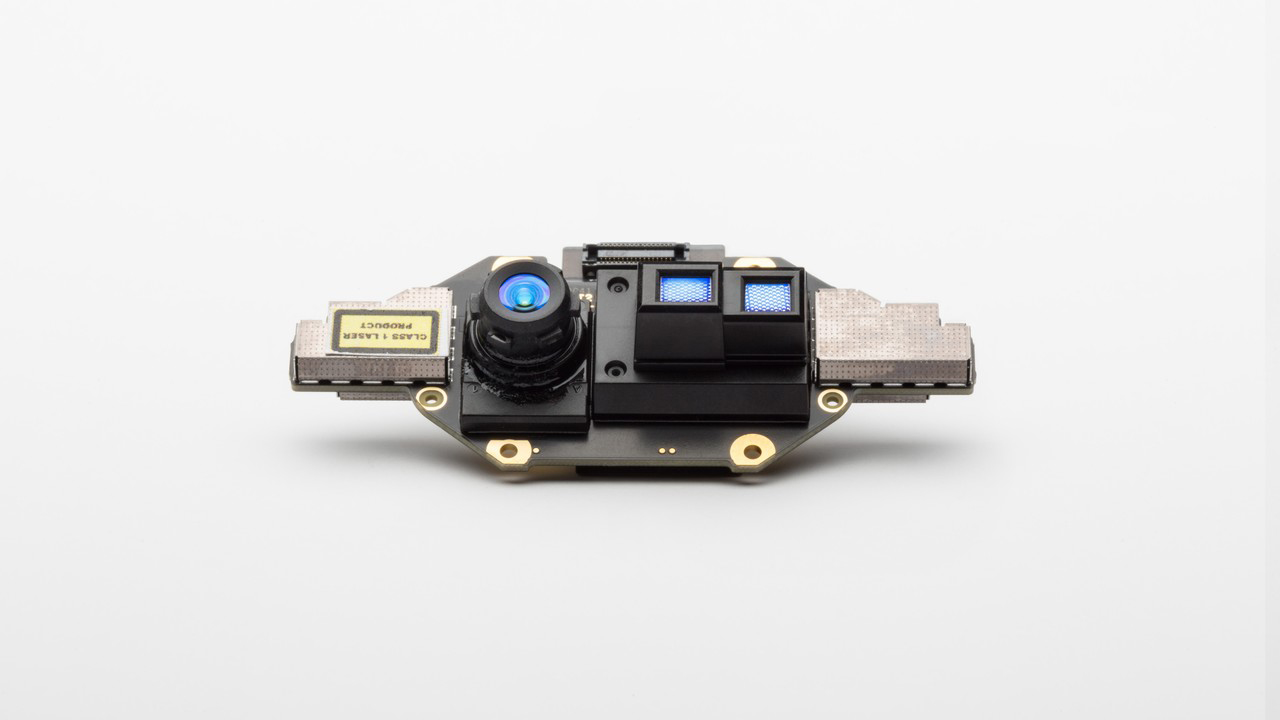
Project Kinect for Azure combines the Kinect camera—which features a wide FOV, twin lasers for measuring range, a megapixel sensor and 1024 x 1024 resolution—with an Azure-enabled computer. Combined, the AI and camera are far better at tracking movements than ever before, and can spatially map your surroundings with “high fidelity”.
Microsoft may not use Project Kinect for Xbox Two, but it will use it for HoloLens Sydney. Kipman confirmed this on LinkedIn, writing that Kinect was “the sensor that will give the next version of HoloLens new capabilities”.
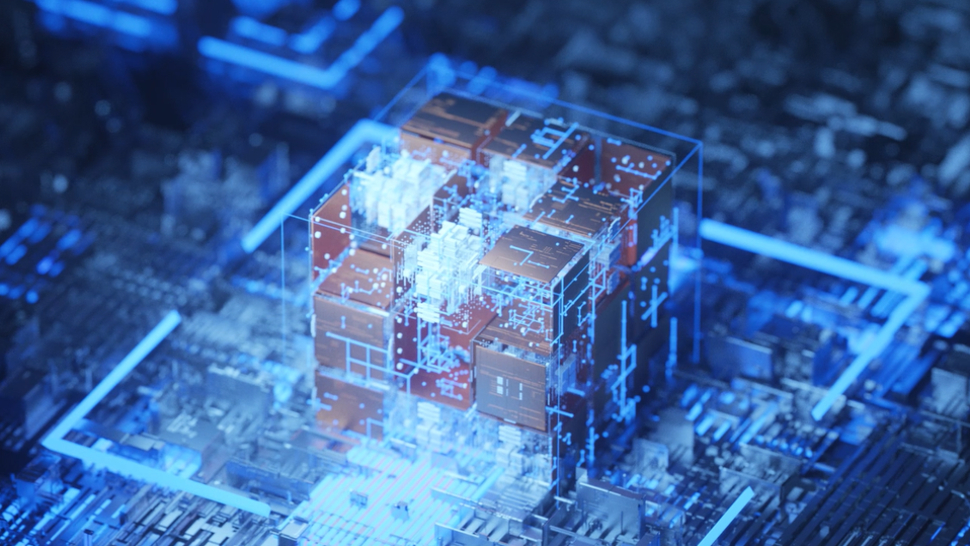
Microsoft also wrote last year that it was upgrading the HoloLens’ Holographic Processing Unit (HPU), and that its HPU 2.0 would allow the team to reduce latency, increase the headset’s processing power and add something called Deep Neural Networks to the device.
We’ll likely hear more concrete details as we get closer to early 2019, but Microsoft isn’t hiding how excited it is about bringing HoloLens into next-gen territory with Sydney.
Predicting HoloLens Sydney’s pricing
The Thurrott piece also declares that HoloLens Sydney will cost “significantly less” than Hololens 1.0, which sold for $3,000 (£2,719 / AU$4,369).
If HoloLens Sydney is truly a commercial device, this definitely checks out. Kipman admitted last year that, “You have to reduce the price point until it's affordable to the majority of the populous of Earth, which will be under a $1,000 and then some to get there.”
HoloLens’ mixed-reality competitors, meanwhile, also are likely aiming for a similar price point. Magic Leap CEO Rony Abovitz said that his company’s upcoming prototype, Magic Leap One, would be priced similar to a “higher-end mobile phone to higher-end tablet.”
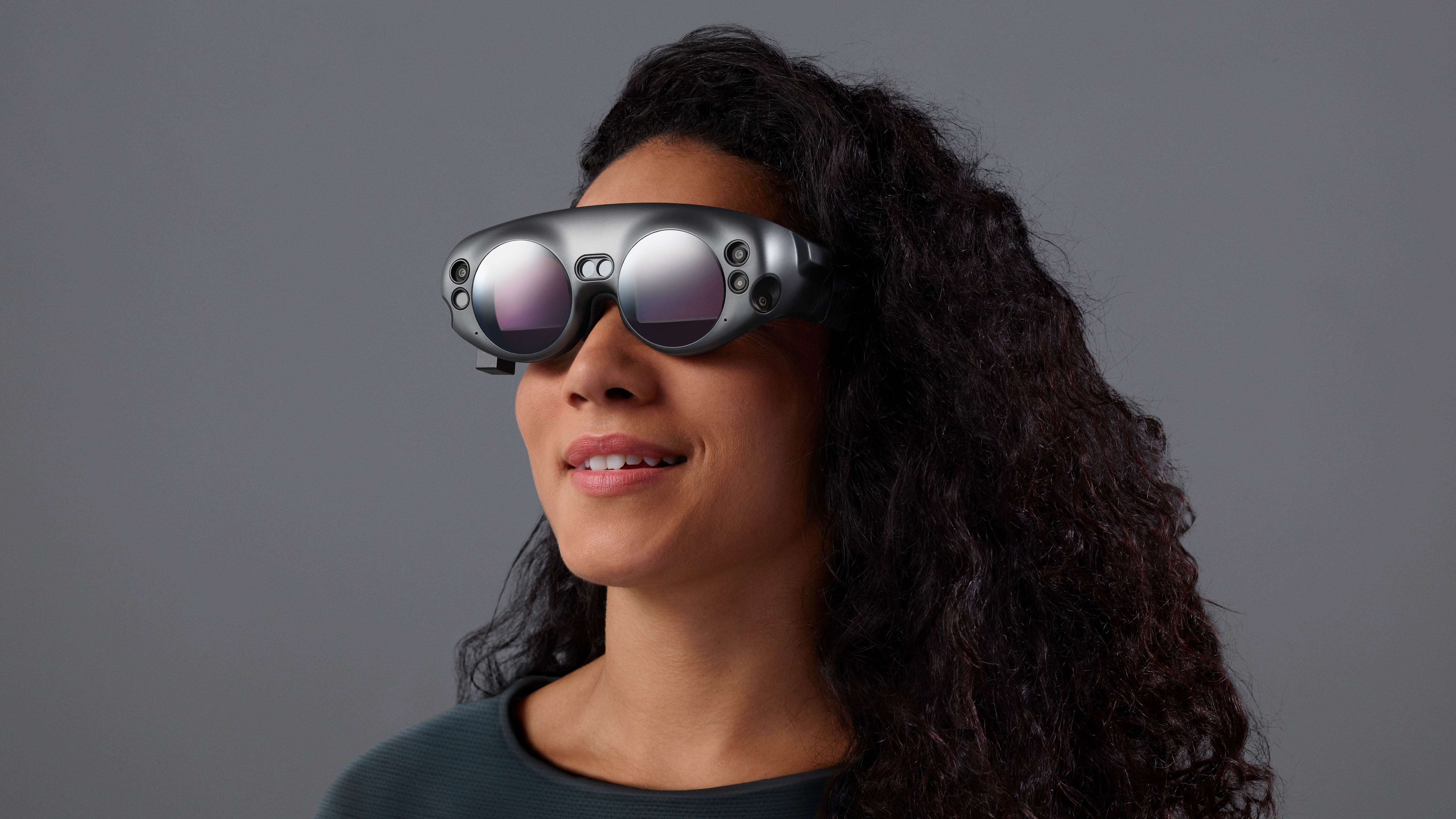
Abovitz conceded the iPhone X, which prices at $999 / £999 / AU$1,579, as a valid example, and that this could be the “floor” of Magic Leap’s eventual price. Microsoft could aim to price its new headset at a similar level.
However, all of this remains speculative. And, while the eventual commercial HoloLens could sell for less than a grand, it could continue to release devkits at a higher price point to start once Q1 2019 rolls around.
Michael Hicks began his freelance writing career with TechRadar in 2016, covering emerging tech like VR and self-driving cars. Nowadays, he works as a staff editor for Android Central, but still writes occasional TR reviews, how-tos and explainers on phones, tablets, smart home devices, and other tech.
